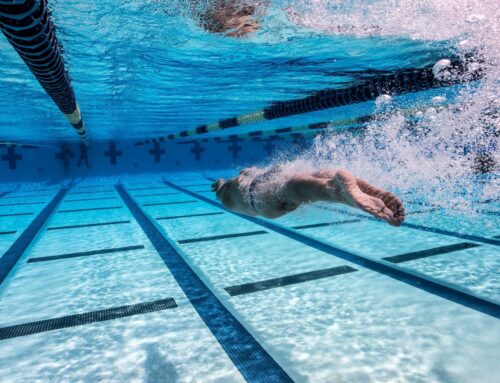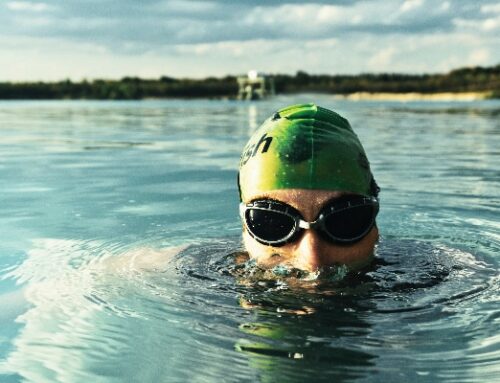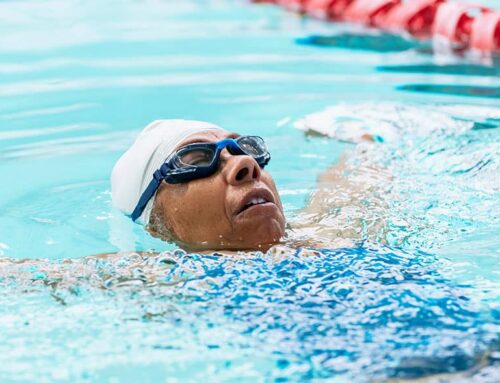The butterfly stroke is often regarded as the most challenging and graceful swimming technique. Mastering it requires a combination of strength, coordination, and proper technique. In this guide, we’ll break down the key elements of the butterfly stroke and provide step-by-step instructions to help you refine your technique and swim with fluidity and efficiency.
- Body Position and Streamlining:
- Begin with a streamlined body position, arms extended in front of you, and legs pressed together.
- Maintain a straight and horizontal body position with your head in a neutral position.
- Kick Technique:
- The butterfly kick is a powerful, undulating motion driven by the hips and legs.
- Initiate the kick with a downward snap of your legs, keeping them close together.
- Follow through with an upward kick, emphasizing the whip-like motion generated by your feet.
- Practice dolphin kicks separately to strengthen your lower body and improve flexibility.
- Arm Movement:
- The butterfly stroke involves a simultaneous and symmetrical arm movement.
- As your arms enter the water, keep them shoulder-width apart and slightly bend your elbows.
- Propel your arms forward in a circular motion, sweeping them outward and then back towards your body.
- Focus on a strong and decisive pull, engaging your chest and core muscles for added power.
- Breathing Technique:
- Timing is crucial for effective breathing in the butterfly stroke.
- Inhale quickly as your arms exit the water and your head lifts.
- Exhale forcefully as your arms enter the water and your head returns to its neutral position.
- Practice breathing drills to synchronize your breathing with the arm and kick movements.
- Rhythm and Timing:
- Achieving a smooth and efficient butterfly stroke relies on proper rhythm and timing.
- Coordinate the kick and arm movements to create a continuous, flowing motion.
- Practice the stroke in segments, focusing on each component before integrating them into a complete stroke.
- Drills for Improvement:
- Incorporate drills into your training routine to isolate and improve specific aspects of the butterfly stroke.
- Examples include one-arm butterfly, underwater dolphin kicks, and butterfly with fins.
- Utilize swim aids like pull buoys or paddles to target weaknesses and enhance specific muscle groups.
- Strength and Flexibility Training:
- Strengthen your core, shoulders, and legs through targeted exercises to improve your butterfly stroke.
- Incorporate flexibility exercises to enhance your range of motion, particularly in the shoulders and hips.
- Consistent Practice:
- Mastery of the butterfly stroke comes with consistent and focused practice.
- Dedicate specific sessions to butterfly training and gradually increase the distance as your technique improves.
- Record and analyze your swim sessions to identify areas for improvement.
Mastering the butterfly swimming technique is a rewarding journey that requires dedication, patience, and a systematic approach to training. By focusing on body position, kick technique, arm movement, breathing, rhythm, and consistent practice, you can refine your butterfly stroke and experience the joy of swimming with grace and efficiency. Remember, progress takes time, so be persistent and celebrate each improvement along the way. Happy swimming!







